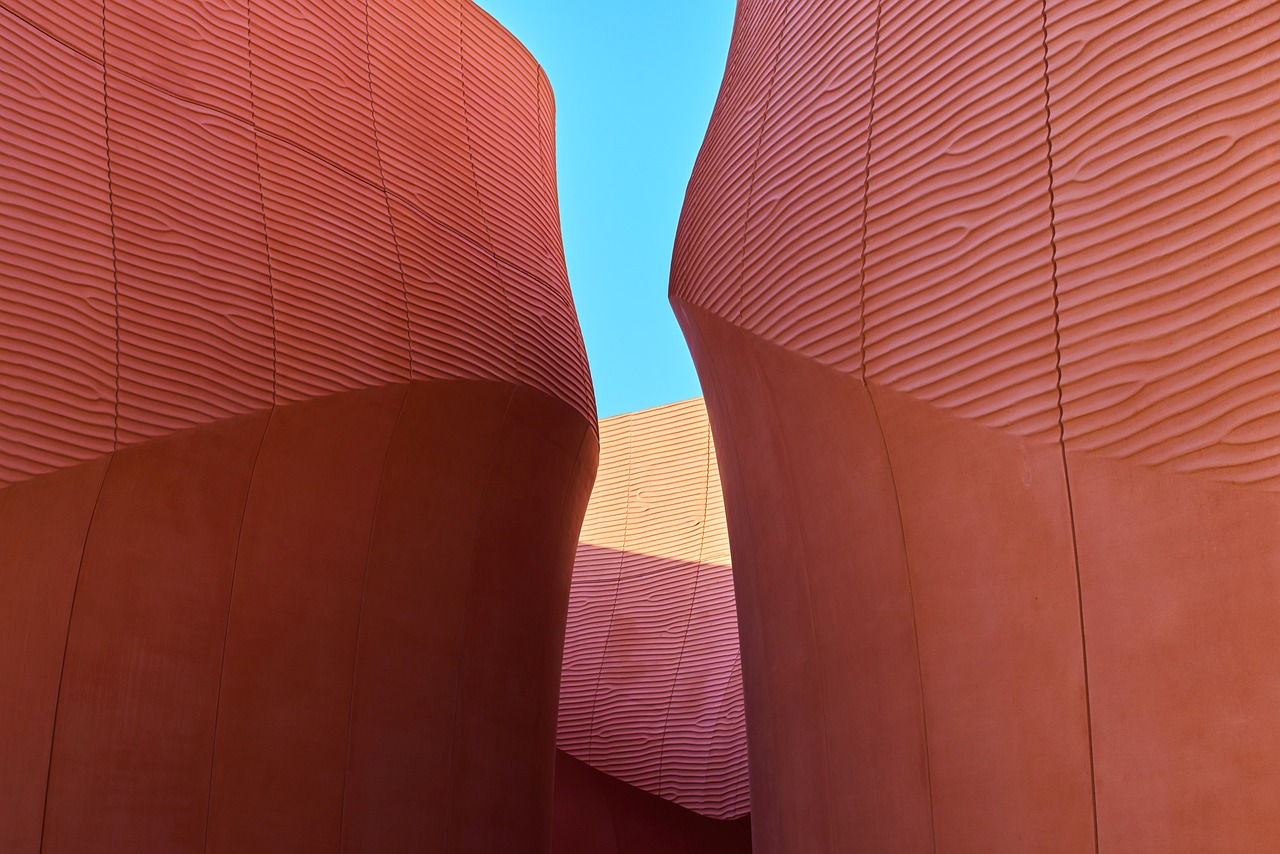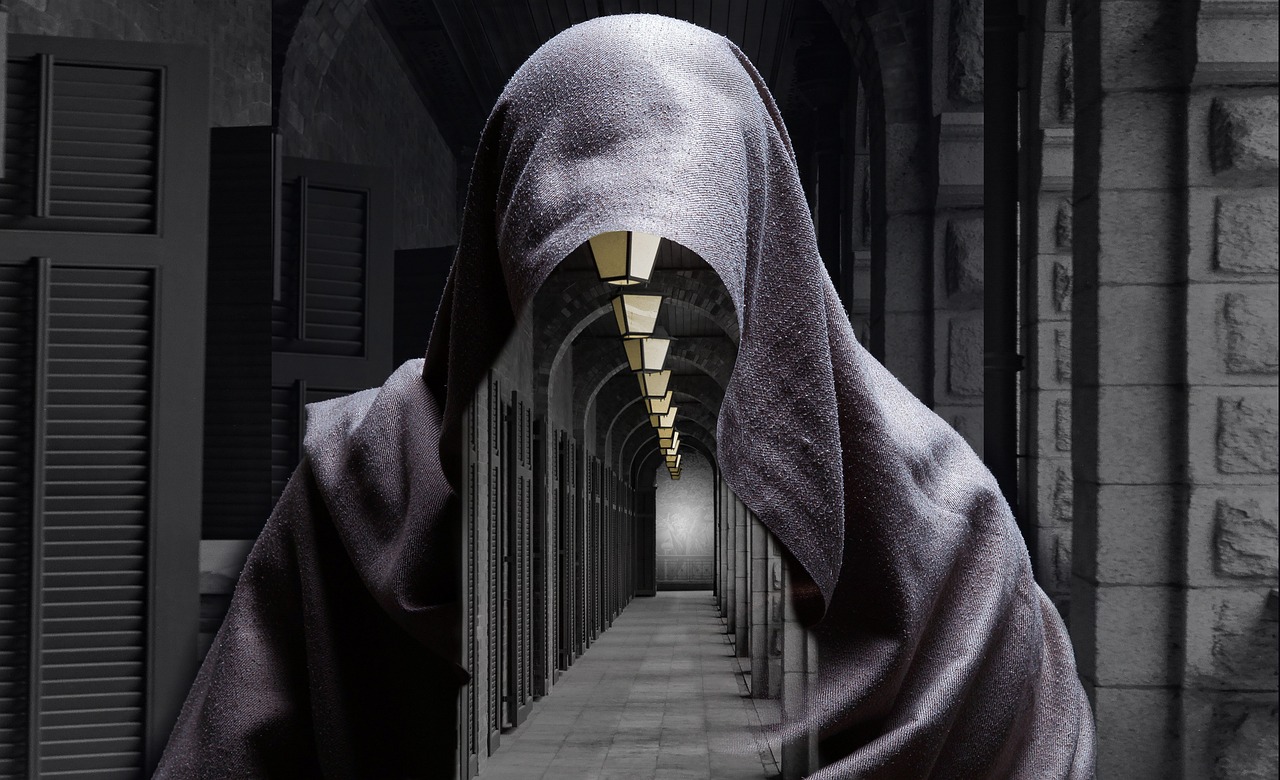
Granite Statue of Lord Bahubali
Introduction
The Granite Statue of Lord Bahubali, also known as Gommateshwara, is a monumental representation of the Jain Tirthankara Bahubali, located in Shravanabelagola, Karnataka, India. This statue is not only a significant religious symbol for Jains but also an architectural marvel that attracts visitors from around the globe. Standing at an impressive height of 17 meters, it is one of the largest monolithic statues in the world.
Historical Context
The statue was commissioned in 981 AD by the Ganga dynasty ruler, Chamundaraya, and is believed to have been sculpted by the artisan Arishtanemi. The site of Shravanabelagola itself has a rich history, with the two hills, Vindyagiri and Chandragiri, serving as important centers for Jainism. While Vindyagiri is home to the Gommateshwara statue, Chandragiri features ancient Jain temples and is dedicated to Bharat, the brother of Bahubali.
Symbolism of the Statue
The statue of Bahubali depicts him in a state of deep meditation, known as kayotsarga, which signifies complete detachment from worldly possessions and desires. This posture is characterized by the figure standing motionless, with vines and creepers growing around his legs, symbolizing the natural world’s acceptance of his spiritual journey. The statue's nudity represents the renunciation of materialism, a core principle in Jain philosophy.
Artistic Features
The Gommateshwara statue is notable for its intricate details and proportions. The figure is adorned with curly hair ringlets and large ears, which are characteristic features in Jain iconography. The eyes are depicted as half-open, suggesting a state of serene contemplation. The statue stands on a lotus pedestal, which is a symbol of purity and enlightenment. Additionally, two chauri bearers flank the statue, adding to its grandeur and significance.
Significance in Jainism
For Jains, Bahubali is a revered figure who embodies the ideals of non-violence, truth, and asceticism. His story is central to Jain teachings, illustrating the importance of self-control and the pursuit of spiritual liberation. The statue serves as a pilgrimage site for Jains, especially during the Mahamastakabhisheka festival, where the statue is anointed with various substances in a grand ceremony that occurs once every 12 years.
Visiting Shravanabelagola
Visitors to Shravanabelagola can experience the spiritual and cultural richness of the site. The journey to the statue involves climbing a series of steps carved into the hill, offering a unique opportunity to appreciate the natural beauty of the surrounding landscape. The site is accessible year-round, and the best time to visit is during the cooler months from October to March.
Conclusion
The Granite Statue of Lord Bahubali stands as a testament to the artistic and spiritual heritage of Jainism. Its historical significance, coupled with its artistic grandeur, makes it a vital part of India’s cultural landscape. As a symbol of peace and meditation, it continues to inspire countless individuals seeking spiritual growth and understanding.

















 Ph Controller With Dosing Pump
Ph Controller With Dosing Pump 
 Health
Health  Fitness
Fitness  Lifestyle
Lifestyle  Tech
Tech  Travel
Travel  Food
Food  Education
Education  Parenting
Parenting  Career & Work
Career & Work  Hobbies
Hobbies  Wellness
Wellness  Beauty
Beauty  Cars
Cars  Art
Art  Science
Science  Culture
Culture  Books
Books  Music
Music  Movies
Movies  Gaming
Gaming  Sports
Sports  Nature
Nature  Home & Garden
Home & Garden  Business & Finance
Business & Finance  Relationships
Relationships  Pets
Pets  Shopping
Shopping  Mindset & Inspiration
Mindset & Inspiration  Environment
Environment  Gadgets
Gadgets  Politics
Politics 